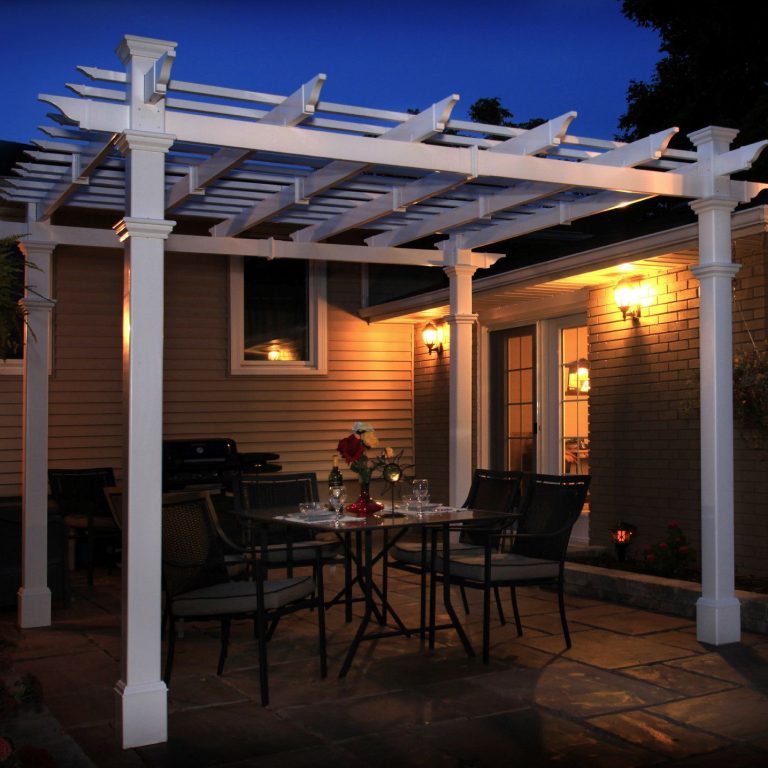A free standing pergola can be a stunning addition to any outdoor space, providing both beauty and functionality. When planning to build or buy a free standing pergola, choosing the right materials is crucial for ensuring durability, aesthetic appeal, and maintenance ease. Here’s a guide to the various materials you can consider for your free standing pergola, each with its unique benefits.
1. Wood
Wood is one of the most popular choices for constructing a free standing pergola due to its natural beauty and versatility. Commonly used woods include cedar, redwood, and pressure-treated pine. Each type of wood offers different characteristics:
- Cedar: Known for its resistance to decay and insects, cedar has a natural aroma and beautiful grain. It’s ideal for those seeking a rustic or classic look.
- Redwood: Like cedar, redwood is naturally resistant to pests and rot. It’s a bit more expensive but offers a rich color and is highly durable.
- Pressure-Treated Pine: This is a more budget-friendly option, though it requires regular maintenance to protect against moisture and insects. It can be painted or stained to match your design preferences.
2. Metal
Metal pergolas offer a modern and sleek look, and they are extremely durable. The most commonly used metals for free standing pergolas are:
- Aluminum: Lightweight and resistant to rust, aluminum is an excellent choice for those looking for a low-maintenance option. It can be powder-coated in various colors to match your outdoor décor.
- Steel: Steel provides a strong and sturdy structure but can be prone to rust if not properly coated. It is usually powder-coated to prevent corrosion and maintain its appearance over time.
3. Vinyl
Vinyl, or synthetic materials, have become increasingly popular for free standing pergolas due to their low maintenance requirements and durability. Vinyl pergolas do not require painting or staining, and they are resistant to rot, insects, and fading. They offer a clean, modern look but can be less customizable in terms of design compared to wood and metal options.
4. Composite Materials
Composite materials combine natural wood fibers with synthetic materials to create a durable, low-maintenance alternative to traditional wood. These materials often mimic the look of wood but are more resistant to weathering, fading, and insects. They can be a great choice for a free standing pergola if you want the look of wood with less upkeep.
5. Stone and Brick
For a more permanent and robust option, consider incorporating stone or brick into your free standing pergola design. While more labor-intensive and costly, stone and brick provide a solid foundation and can add a sophisticated touch to your outdoor space. They are highly durable and can blend seamlessly with a variety of landscape designs.
Conclusion
Choosing the right materials for your free standing pergola will largely depend on your budget, aesthetic preferences, and maintenance willingness. Wood offers classic charm, metal provides modern durability, vinyl and composite materials reduce upkeep, and stone or brick delivers timeless elegance. By considering these factors, you can select the perfect material to enhance your outdoor living space with a free standing pergola that fits both your style and needs.


